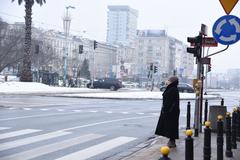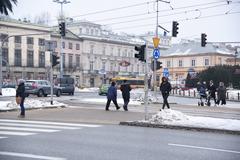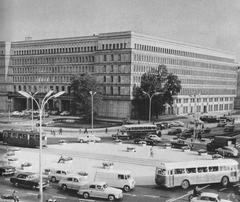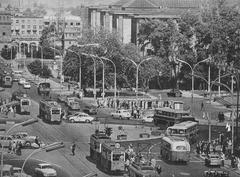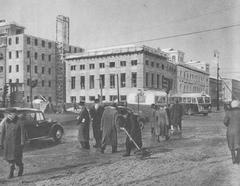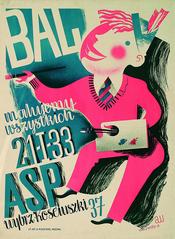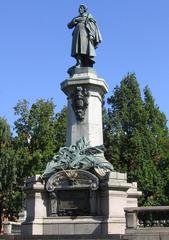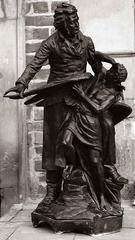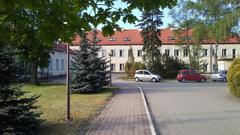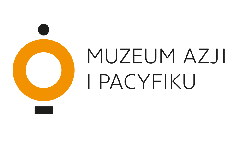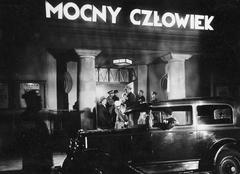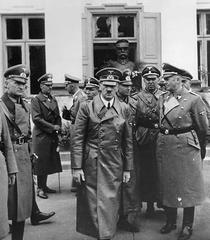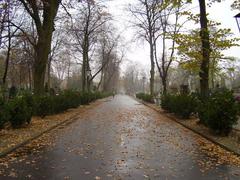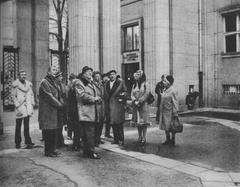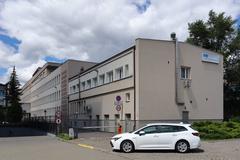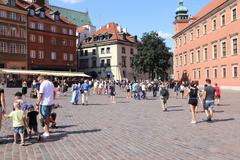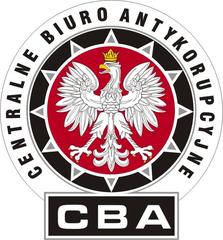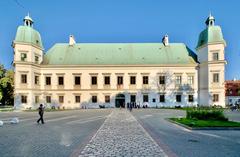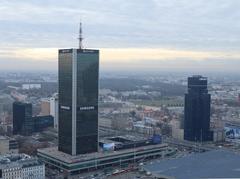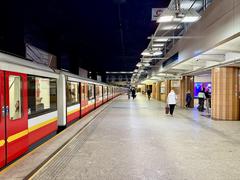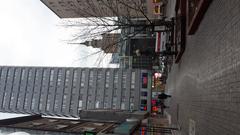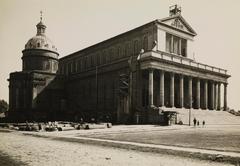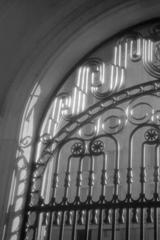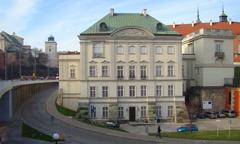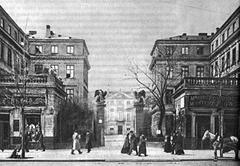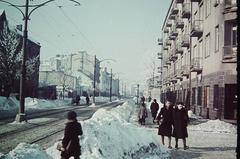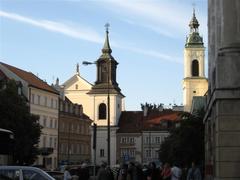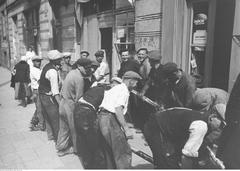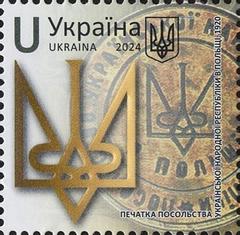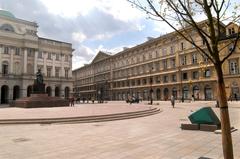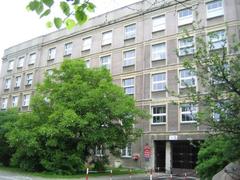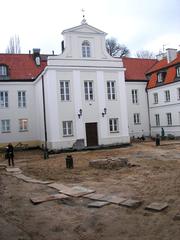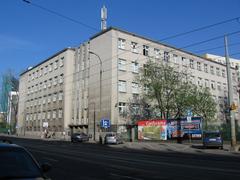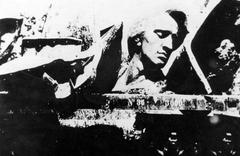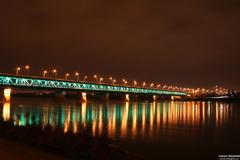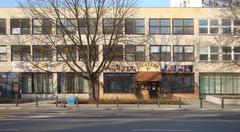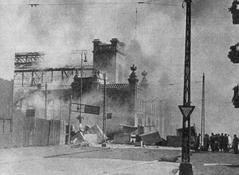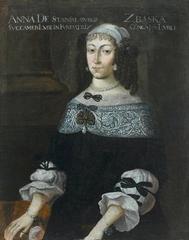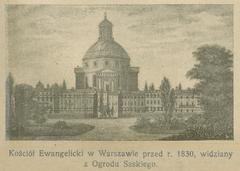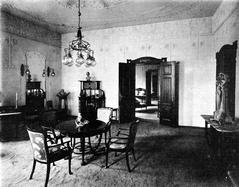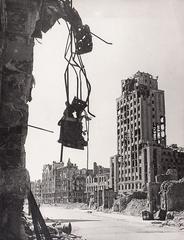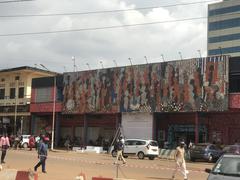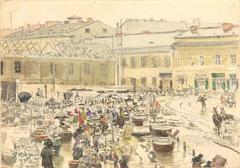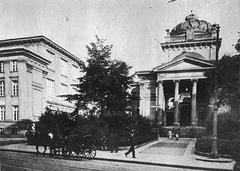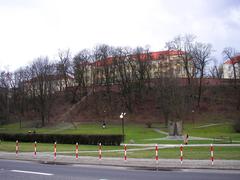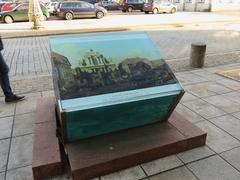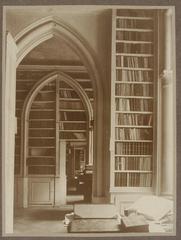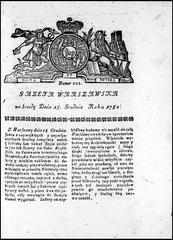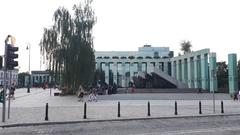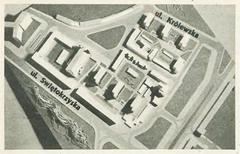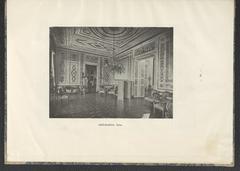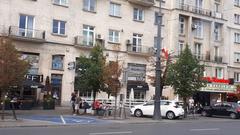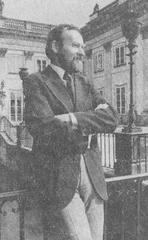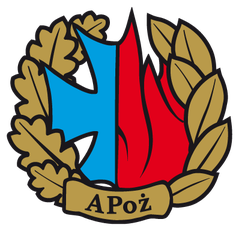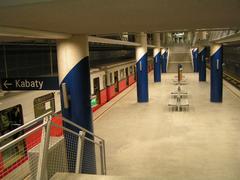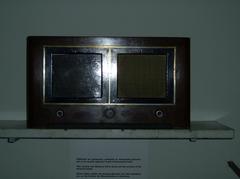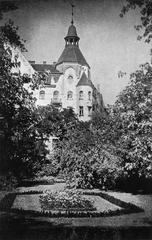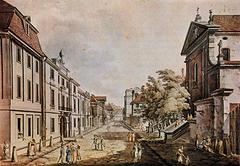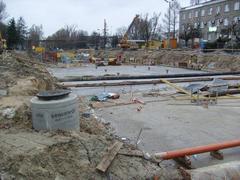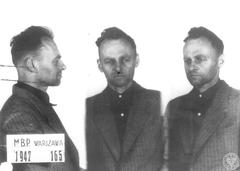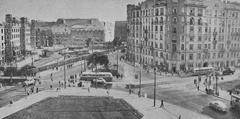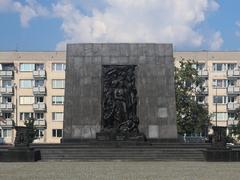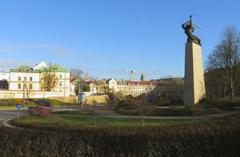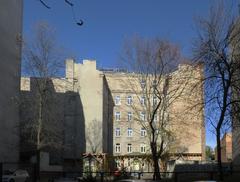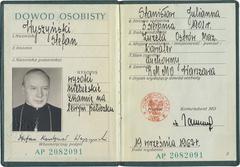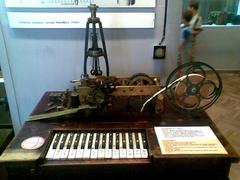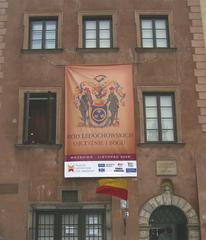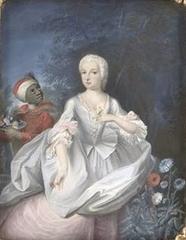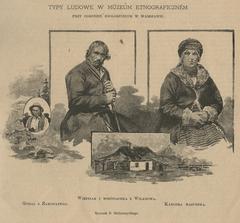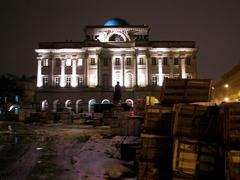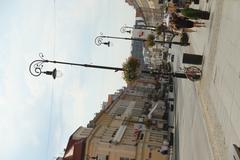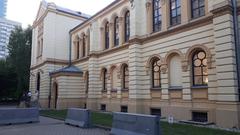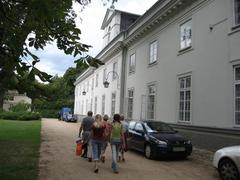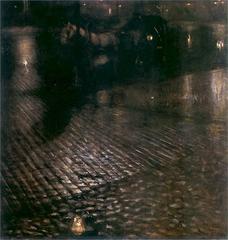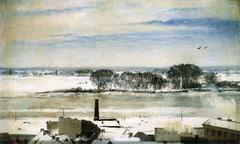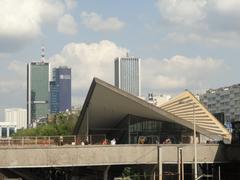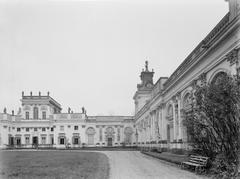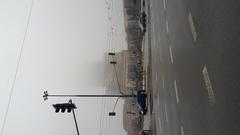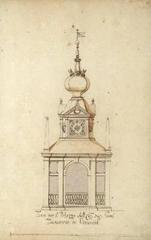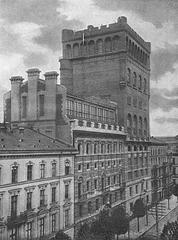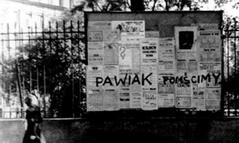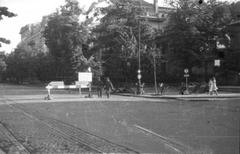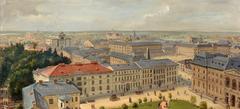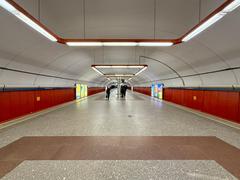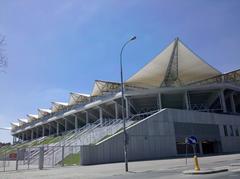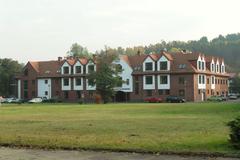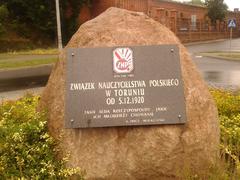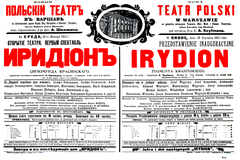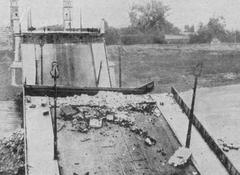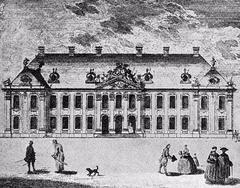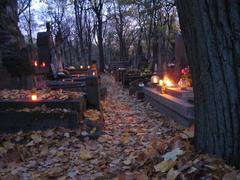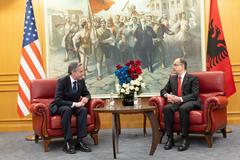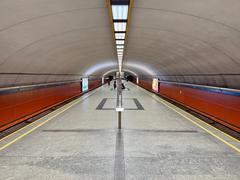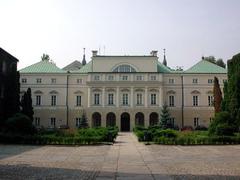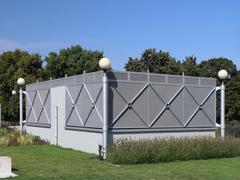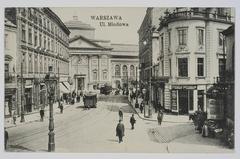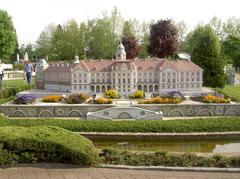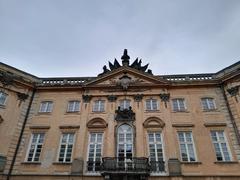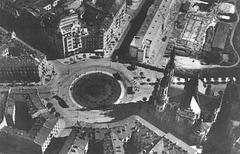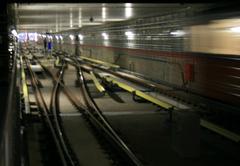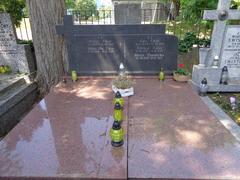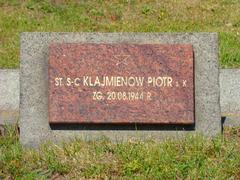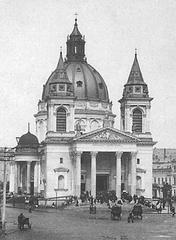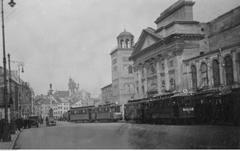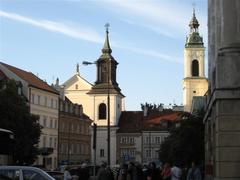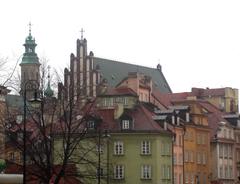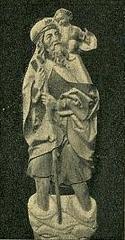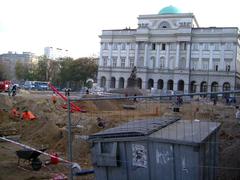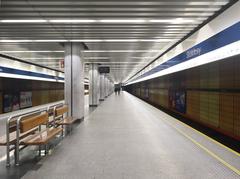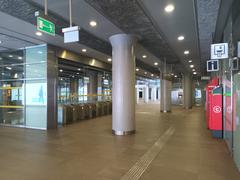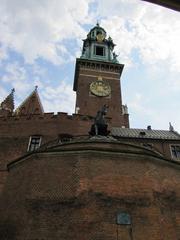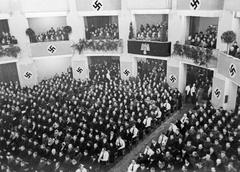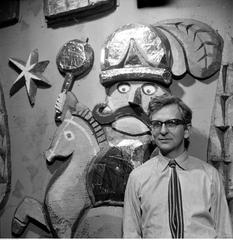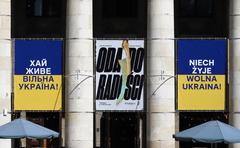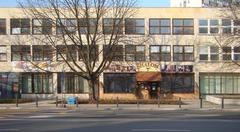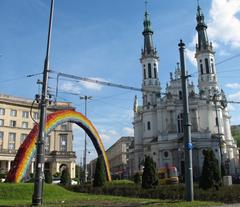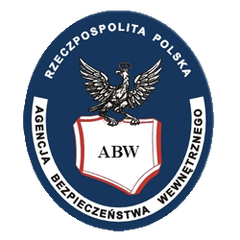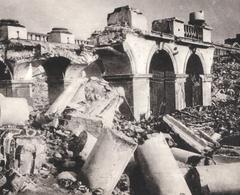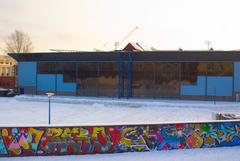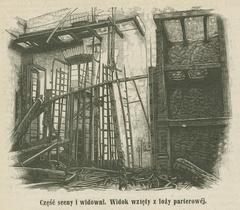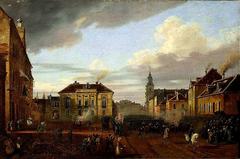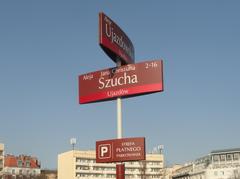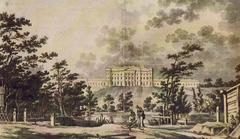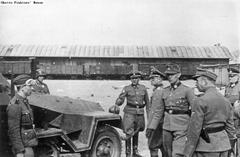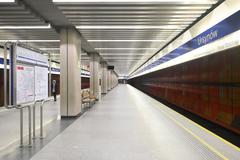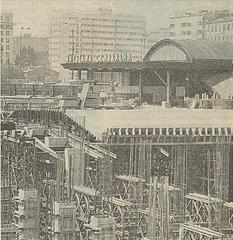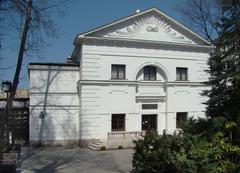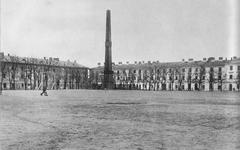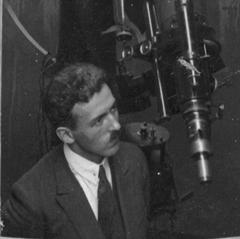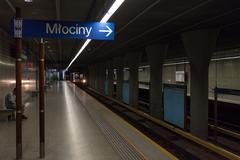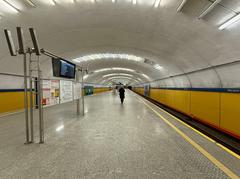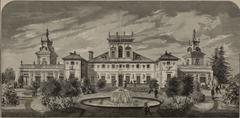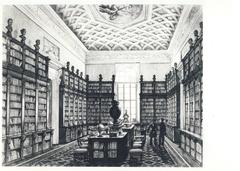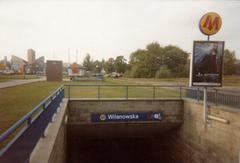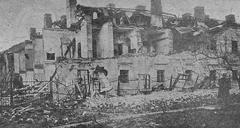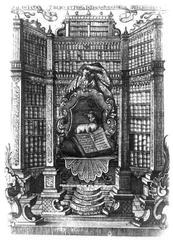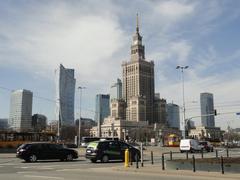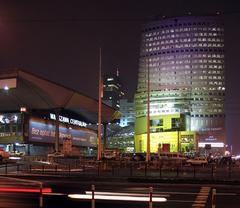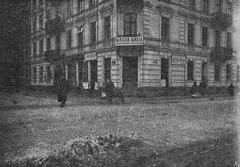
Guide to Visiting Rondo Generała Charles’a de Gaulle’a, Warsaw, Poland
Date: 01/08/2024
Introduction
Rondo Generała Charles’a de Gaulle’a, situated in the vibrant heart of Warsaw, Poland, is a landmark that seamlessly blends historical significance with contemporary urban life. Named after Charles de Gaulle, the former President of France, this roundabout is more than just a traffic hub. It serves as a gateway to some of Warsaw’s most historically rich and culturally vibrant areas. Constructed in August 1961 as part of the redevelopment of Aleje Jerozolimskie, the roundabout replaced a traditional intersection with a modern design, reflecting the city’s evolving urban landscape (Wikipedia).
Table of Contents
- Introduction
- Historical Background
- Modern Developments
- Visitor Information
- Nearby Attractions
- FAQs
- Conclusion
Historical Background
Origins and Construction
Rondo Generała Charles’a de Gaulle’a was constructed as part of the redevelopment of the eastern section of Aleje Jerozolimskie, a major thoroughfare in Warsaw. This redevelopment project was completed in August 1961, replacing a traditional intersection with a modern roundabout design (Wikipedia).
Naming and Dedication
The roundabout was named in honor of Charles de Gaulle, who played a notable role in Polish history. De Gaulle participated in the Polish-Soviet War (1919-1920) as a member of the French military mission, residing in Warsaw during this period. The name was officially adopted on September 28, 1990, by a resolution of the Warsaw-Śródmieście District Council, commemorating the 100th anniversary of de Gaulle’s birth. A plaque on the building at Nowy Świat 15/17, facing Aleje Jerozolimskie, marks this dedication (Wikipedia).
Historical Significance
Charles de Gaulle’s involvement in the Polish-Soviet War is a key aspect of the roundabout’s historical significance. During the Battle of Warsaw in August 1920, de Gaulle distinguished himself as a military strategist. The battle, often referred to as the “Miracle on the Vistula,” was a decisive victory for Poland, halting the advance of the Red Army and preventing the spread of Bolshevism into Western Europe. This victory was so significant that U.S. President Woodrow Wilson described it as the “seventh most important battle in history” (In Your Pocket).
Post-War Reconstruction
The area surrounding Rondo Generała Charles’a de Gaulle’a, particularly Nowy Świat Street, suffered extensive damage during the Warsaw Uprising of 1944. The German forces destroyed much of the street, which was one of the most important in central Warsaw. After World War II, the decision was made to rebuild Nowy Świat, reverting it to its early 19th-century appearance rather than its pre-war Art Nouveau state. This reconstruction was overseen by architect Zygmunt Stępiński (Wikipedia).
Modern Developments
The Milicja Obywatelska Era
In the 1980s, the area where the roundabout now stands was a hub for the Milicja Obywatelska (Citizens’ Militia), particularly at night. This was a period of significant political and social change in Poland, leading up to the fall of communism in 1989. The roundabout itself has seen various changes, including the installation of a large artificial palm tree in 2002, which has become a well-known landmark (Warszawa w Obiektywie).
Charles de Gaulle Monument
A prominent feature of the roundabout is the Charles de Gaulle Monument, a gift from the French government. The statue depicts de Gaulle striding confidently, symbolizing his enduring legacy and the strong historical ties between Poland and France. The monument is strategically placed near what was once the headquarters of the Communist Party, adding a layer of historical irony and significance (In Your Pocket).
Visitor Information
Visiting Hours and Tickets
Rondo Generała Charles’a de Gaulle’a is accessible 24 hours a day and does not require any tickets for entry. However, the surrounding attractions such as the National Museum may have their own operating hours and ticketing requirements.
Travel Tips
- Public Transport: The roundabout is well-connected by public transport, with tram and bus stops nearby, making it easily accessible.
- Nearby Attractions: Explore Nowy Świat Street and Aleje Jerozolimskie for shopping, dining, and cultural experiences.
- Photographic Spots: The artificial palm tree and Charles de Gaulle Monument offer unique photo opportunities.
Nearby Attractions
- National Museum: Located just a short walk away, this museum offers a deep dive into Polish art and history.
- Nowy Świat Street: A bustling street filled with luxury retailers, cafes, and historic buildings.
- Krakowskie Przedmieście: Another nearby street rich in history and architectural beauty.
FAQs
Q: What are the visiting hours for Rondo Generała Charles’a de Gaulle’a? A: The roundabout is accessible 24 hours a day.
Q: Is there an entry fee to visit Rondo Generała Charles’a de Gaulle’a? A: No, there is no entry fee.
Q: What are some nearby attractions? A: The National Museum, Nowy Świat Street, and Krakowskie Przedmieście are all nearby.
Conclusion
Rondo Generała Charles’a de Gaulle’a is a site of immense historical and cultural importance in Warsaw. Its origins, naming, and the events it commemorates provide a rich tapestry of Polish and European history. Whether you’re a history buff, a culture enthusiast, or simply a curious traveler, this landmark offers a unique glimpse into the narratives that have shaped modern Europe. Be sure to explore the surrounding areas to fully appreciate the historical and cultural significance of this iconic roundabout (Warszawa w Obiektywie, In Your Pocket).
References
- Wikipedia. (n.d.). Rondo gen. Charles’a de Gaulle’a w Warszawie. Retrieved from https://pl.wikipedia.org/wiki/Rondo_gen._Charles’a_de_Gaulle’a_w_Warszawie
- In Your Pocket. (n.d.). Charles de Gaulle Monument. Retrieved from https://www.inyourpocket.com/warsaw/charles-de-gaulle-monument_20617v
- Warszawa w Obiektywie. (n.d.). Rondo Gen. Charles’a de Gaulle’a i jego tajemnice. Retrieved from https://warszawawobiektywie.pl/rondo-gen-charlesa-de-gaullea-i-jego-tajemnice
